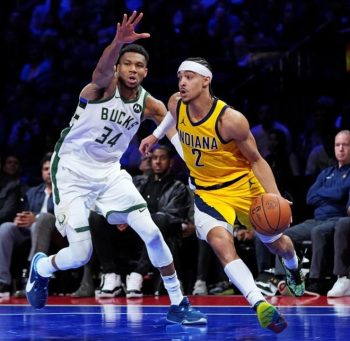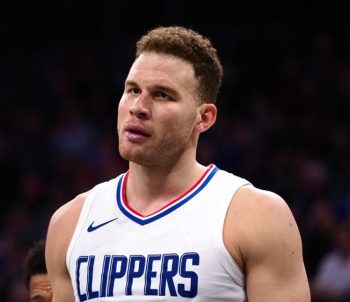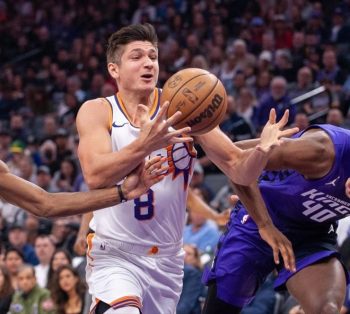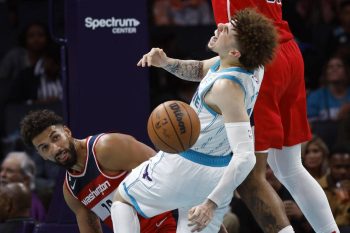NBA
High-Performance Mindfulness: The Difference Between Mental Health & Mental Performance Resources
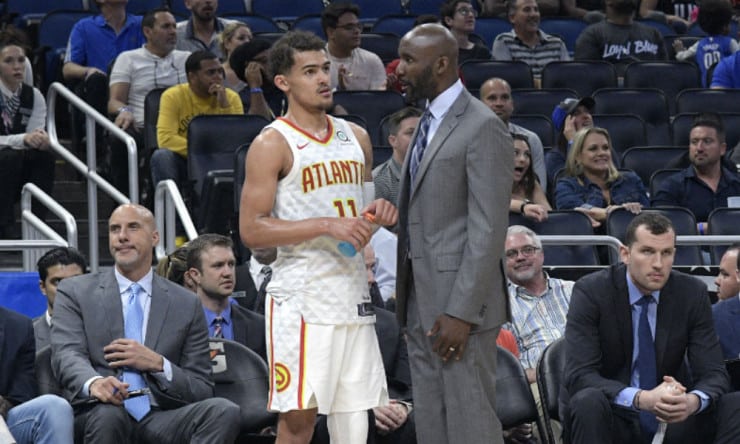
With the steps that the NCAA and the NBA have taken to provide mental health support for players, it has opened the door for mind-based practitioners to operate within the team setting.
However, across professional and college basketball space, there seems to be confusion as to how to most efficiently and appropriately apply the Mental Health Resource and Mental Performance Resource.
As this space has grown, the understanding regarding the differences between the traditional Mental Health Resource and the Mental Performance Resource has not been in lockstep. There appears to be misunderstanding regarding the best practices for the deployment of these two types of resources within the team setting.
The goal here is to provide insight and clarity regarding how these two resources can be most effectively applied.
It is important to note that not all resources are the same, or can be pigeonholed into the roles outlined below. With that being said, let’s break down this space.
The Mental Health Resource
Scope of Work
For players struggling with more serious mental health issues, such as depression, anxiety, PTSD and addiction, they should be referred to a Mental Health Resource. The Mental Health Resource is the most qualified and appropriate professional in this scenario. Professionals that fall under this umbrella are psychiatrists, psychologists and licensed professional counselors (LPC).
Application Within Team Setting
Within the team setting, Mental Health resources are most effectively applied:
1) When players experience severe mental health issues, the Mental Health Resource should intercede. This includes drug addiction, bipolar disorder and clinical depression. In these cases, the therapist, clinical psychologist and psychiatrist are the go-to people.
2) As a preventive approach, addressing potential mental health issues early on before they become problematic is the best practice. The Mental Health Resource can be proactive, providing education, information, tools and therapeutic options to adequately support individuals struggling, or beginning to struggle with clinical mental health issues.
3) Due to the extensive clinical experience and academic background, the Mental Health Resource is highly equipped to deal with the clinical issues mentioned above. In this vein, Mental Performance Resources who come across players with pathology should always refer them to the Mental Health Resource.
The Mental Performance Resource
Scope of Work
Mental Performance Resources have many titles but the most common are: Sports Psychologists, Mental Performance Coaches, Integrated Player Development Coaches and Mental Skills Coaches, Holistic Player Development Coaches and Mindfulness and Meditation Practitioners. These professionals look to help players optimize performance through mind-based approaches.
Application within Team Setting:
Within the team setting, the Mental Performance Resource is most effectively applied when:
1) Building player relationships as a part of the coaching staff.
2) Facilitating on-court improvement for the players and the team, ideally, through customized, specialized and systematically applied mind-based approaches. There are other duties involved here, but the central value add is helping players improve.
3) Tracking the players and the team’s behavioral and performance metrics is another major responsibility of this resource. Reconciling which techniques are most effective and which need to be tweaked is important. This helps the Mental Performance Resource tailor programs and processes for the player.
4) The Mental Performance Resource’s most valuable currency is his or her in-the-field/on-court experience. Addressing clinical issues is not in this professional’s wheelhouse. However, facilitating performance improvement for the player is. Case studies and applied experiences in the field are this professional’s calling card.
The Difference Between The Two
As the head coach, to have the offense run smoothly, you wouldn’t put a power forward at the point guard spot, nor would you necessarily put your point guard at the power forward spot. Yes, both are basketball players, but no, their skill-sets are generally not the same, nor are they applied as such during the game. There are always exceptions, and in this case, players like LeBron James – who add value at multiple positions – is the anomaly. However, this is not the norm.
For the Mental Health Resource and Mental Performance Resource, the same holds true. Although these two professionals play on the same proverbial court, it is not best practice to interchange the two. For instance, putting the Clinical Psychologist or Counselor in the game to improve a player’s performance is ineffectual because this is not their expertise. Employing the Mental Performance Resource for clinical issues, such as drug addiction, is not best practice and may be inappropriate.
The Mental Health Resource’s proving ground generally takes place away from the court, while the Mental Performance Resource has generally honed skill sets on the court, in the locker-room and in around the overall team setting. Ideally, the Mental Performance Resource leverages techniques that move the dial on performance, while the Mental Health Resource relies on a clinical background to treat pathology.
Not everything in life, in basketball or within the mind-based space is so cut and dry, but as a general rule-of-thumb, this is how it goes.
In order to most effectively support the player and promote efficiency within an organizational structure, it is important to put these organizational players in the right spot. Doing so will increase the probability that their contribution will be a value add.


